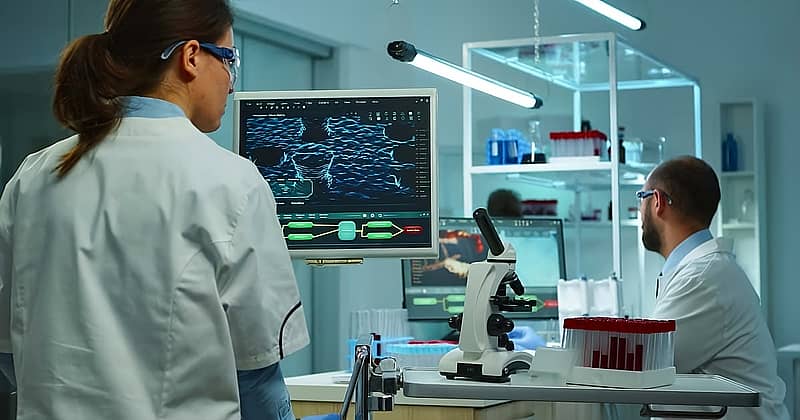CNC (Computer Numerical Control) machining has transformed industries throughout the board, and healthcare isn’t an exception. In this subject, the call for precision, customization, and the potential to swiftly produce complicated components is better than ever.
Medical devices require paying attention to detail, making CNC machining a crucial tech. The healthcare industry relies on CNC generation to keep the precision and reliability wanted for patient care.
Applications of CNC Machining in Healthcare
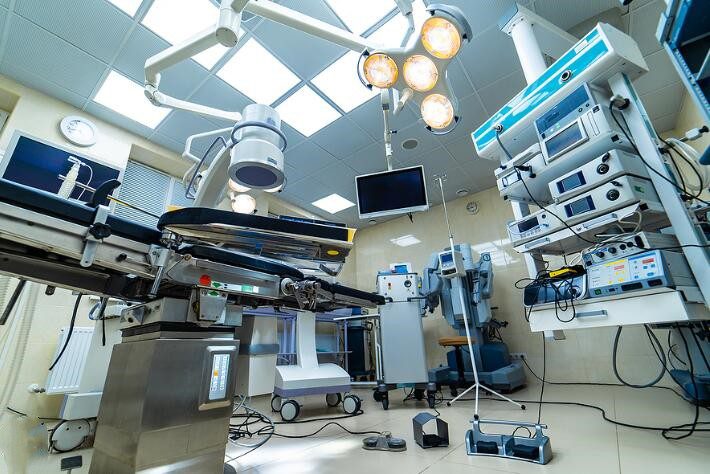
First, let us address the applications of CNC machining in the healthcare industry.
Surgical Instruments
Surgical contraptions like scalpels, forceps, and retractors are essential equipment in any working room.
CNC machining plays an important function in the production of these equipment to precise specifications, ensuring they meet the high requirements required for sensitive surgical processes.
- Scalpels: The blade has to be sharpened to an extremely nice facet to reduce tissue harm during incisions.
- Forceps: These require exact angles and grips to address tissues delicately without causing harm.
- Retractors: Precision in edges and layout guarantees the right function during surgery, taking into account minimum tissue trauma.
The performance of that equipment is at once related to surgical outcomes.
CNC machining’s ability to always produce units with exact tolerances makes it valuable in the healthcare enterprise.
If you need this type of service, Runsom medical CNC machining is the right way to go.
Implants
Orthopedic implants, consisting of hip, knee, and spinal gadgets, as well as dental implants, demand particular customization to match a patient’s particular anatomy.
That makes it feasible to supply implants tailored to each individual, ensuring an excellent in shape and the most reliable functionality.
- Customization: Allows implants to be individually crafted for each patient, ensuring the quality feasible anatomical suit.
- Material compatibility: Common materials like titanium and PEEK (polyether ether ketone) are used for their biocompatibility and durability.
- Precision: CNC machining methods those substances with terrific accuracy, ensuring that implants meet the best overall performance requirements.
- Corrosion resistance: Materials along with titanium, machined to perfection, are notably immune to corrosion, making sure lengthy-lasting implants.
Diagnostic Devices
Medical diagnostic devices, together with MRI and CT scanners, rely closely on CNC machining for their precise and reliable additives.
The complicated nature of these machines calls for elements that meet genuine specifications to ensure accurate diagnostics.
- Miniaturized components: Diagnostic gadgets regularly require tiny, problematic additives, and CNC machining excels in growing those with an excessive diploma of accuracy.
- Tight tolerances: CNC machining allows for the manufacturing of additives that meet the extremely tight tolerances wanted for imaging technology.
- High-satisfactory output: The precision contributes to the general quality and durability of diagnostic machines like MRI and CT scanners.
For in-vitro diagnostic equipment utilized in laboratory settings:
- Precision in small parts: CNC machining ensures that even the smallest additives are synthetic with the precision important to carry out complex functions.
- Improved performance: By reaching tight tolerances, CNC machining complements the capability and accuracy of in-vitro diagnostic equipment, making those gear greater powerful in clinical use.
Prosthetics and Orthotics
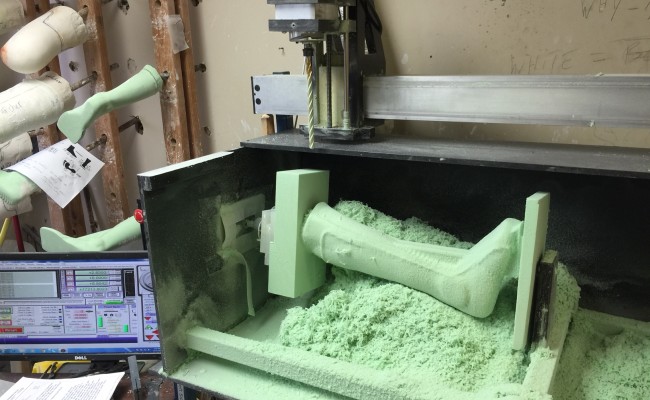
The improvement of prosthetics and orthotics has been revolutionized by CNC machining, allowing for the introduction of:
- Customized
- Durable
- Comfortable devices
Prosthetic limbs have to be tailor-made to the person’s needs, and CNC machining permits producers to provide incredibly specific designs that provide advanced functionality and mobility.
Orthotic devices, consisting of braces and helps, also benefit from CNC precision, enhancing their potential to be useful resources in movement correction and rehabilitation.
Microdevices and Minimally Invasive Surgery Instruments
Minimally invasive surgical procedures have grown to be increasingly popular due to their numerous benefits, consisting of:
- Smaller incisions
- Reduced healing instances
- Lower usual affected person threat
These procedures require specialized, high-precision tools, and CNC machining is vital in producing the micro-sized additives important for his or her fulfillment.
- Laparoscopic and Robotic Surgery Tools: CNC machining creates units like micro-forceps, scissors, and precision blades with the accuracy required for sensitive tactics.
- Microscopic Precision: The potential to manufacture elements at a microscopic scale permits surgeons to carry out complex operations with more advantageous accuracy and control.
- Improved Outcomes: By permitting extra precise incisions and manipulations, CNC-machined units contribute to higher affected person outcomes, quicker recovery times, and fewer complications.
In brief, it plays a vital role in advancing minimally invasive surgical operations, providing the tools that allow surgeons to carry out complicated strategies with an excessive degree of precision.
Cardiovascular and Neurological Devices
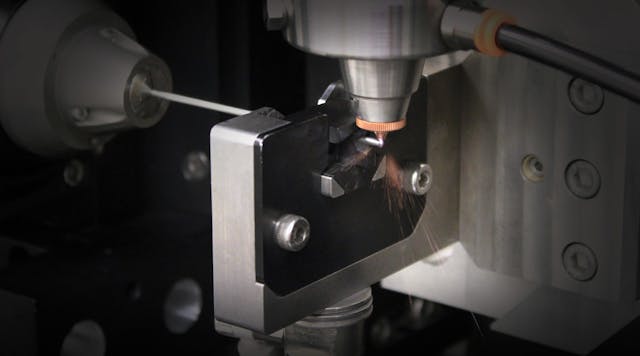
CNC machining is crucial in the production of superior cardiovascular and neurological gadgets, which require extremely excessive tiers of precision to function efficiently in the human body.
- Stents: These are used to open blocked arteries and ought to be manufactured to actual specifications.
- Pacemaker Components: Pacemakers modify heartbeats and are composed of several tiny, complicated parts.
- Brain Stimulation Devices: Used in neurological remedies, these gadgets also depend upon machines for the best fabrication of additives that engage with the brain’s sensitive tissue.
In every one of these instances, the capability to produce additives with microscopic accuracy highlights its vital role in developing life-saving clinical technology.
Ophthalmic Devices
CNC machining plays a crucial role in the production of excessive-precision ophthalmic gadgets, which include intraocular lenses for cataract surgical procedures and laser surgical operation gear for imaginative and prescient correction.
These gadgets must meet genuine measurements to ensure they in shape and function properly inside the delicate environment of the eye.
The ability to gadget biocompatible materials inclusive of medical-grade plastics and titanium into tiny, specific components is vital for the overall performance of ophthalmic devices.
- Precision Manufacturing: Ensures genuine measurements for gadgets that perform inside the sensitive structure of the eye.
- Biocompatibility: Uses clinical-grade materials like plastics and titanium to create safe, long-lasting devices.
- Customizable Components: Allows for the production of intraocular lenses and different gadgets tailored to the needs at hand.
- Vision Correction Applications: CNC tech produces equipment utilized in LASIK and different eye surgeries, improving the effectiveness and safety of these processes.
Material Considerations in Medical CNC Machining
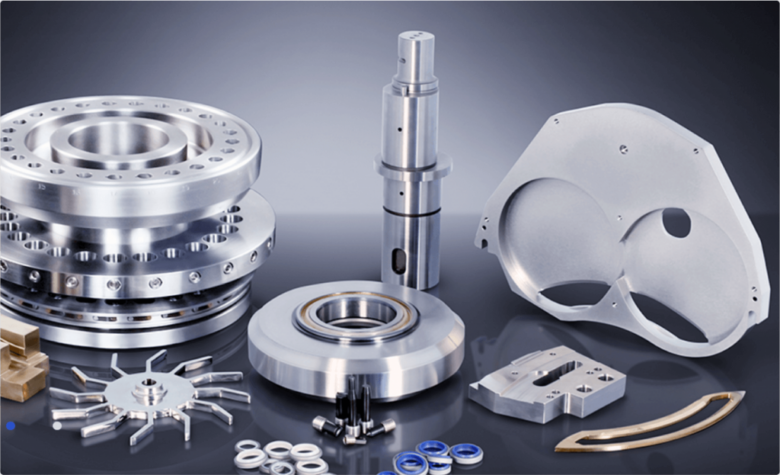
The materials used ought to meet strict requirements to ensure safety, sturdiness, and capability.
Key elements consist of biocompatibility, electricity, corrosion resistance, and the capacity to undergo sterilization approaches.
Below are the maximum commonplace materials used and their benefits:
- Metals:
- Titanium – Known for its excessive electricity-to-weight ratio, titanium is especially biocompatible and proof against corrosion, making it perfect for implants that include hip joints, dental screws, and pacemaker casings.
- Stainless Steel – Offers extremely good power and corrosion resistance, widely used in surgical units like scalpels, forceps, and retractors.
- Cobalt-Chrome – Combines energy and puts on resistance, often used in orthopedic implants wherein durability is important.
- Plastics:
- PEEK (Polyether Ether Ketone) – A biocompatible, light-weight plastic, frequently used in spinal implants and other orthopedic devices due to its electricity and capability to integrate nicely with the human body.
- Polycarbonate – Used in diagnostic devices and clinical gadgets for its sturdiness and optical clarity, allowing precise imaging and monitoring.
- UHMWPE (Ultra-High-Molecular-Weight Polyethylene) – Commonly utilized in joint replacements because of its wear resistance and easy surface, which reduces friction in transferring elements.
- Ceramics:
- Zirconia – Known for its excessive energy and fracture resistance, utilized in dental implants and crowns.
- Alumina – Offers tremendous hardness and wear resistance, making it best for joint replacements and different put-on-vital programs.
CNC machining affords precise manipulation of these substances, making sure that the components produced meet the stringent standards required for clinical applications.
The Bottom Line
CNC machining is a foundational generation in healthcare, riding innovation in scientific gadgets and enhancing patient consequences.
The precision, customization, and fast production features are crucial in ensuring that healthcare specialists have the devices they want to offer the best possible care.
CNC machining can revolutionize the destiny of clinical tool manufacturing and healthcare as an entire.

